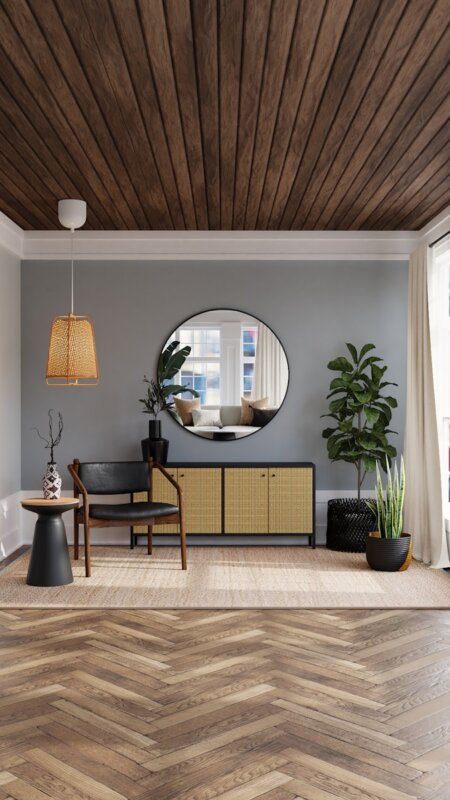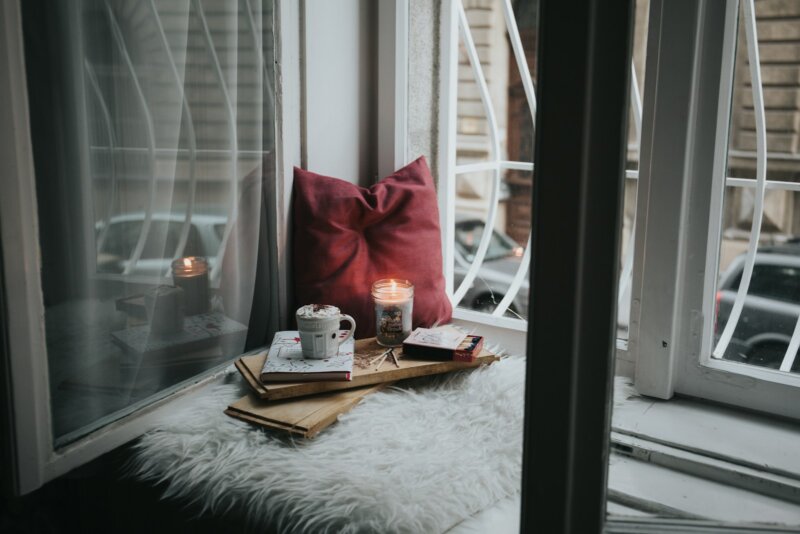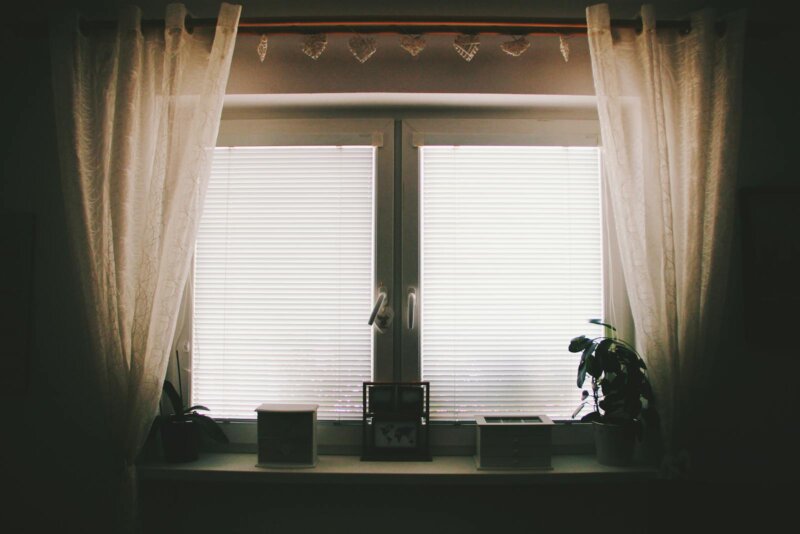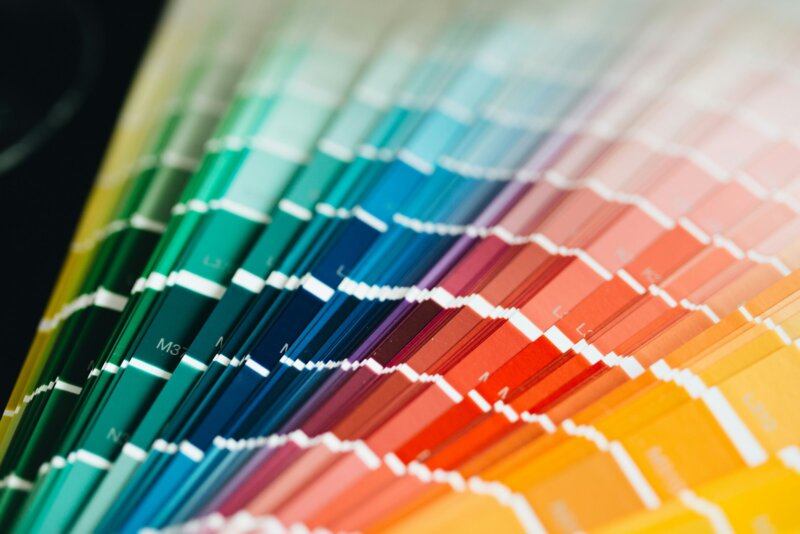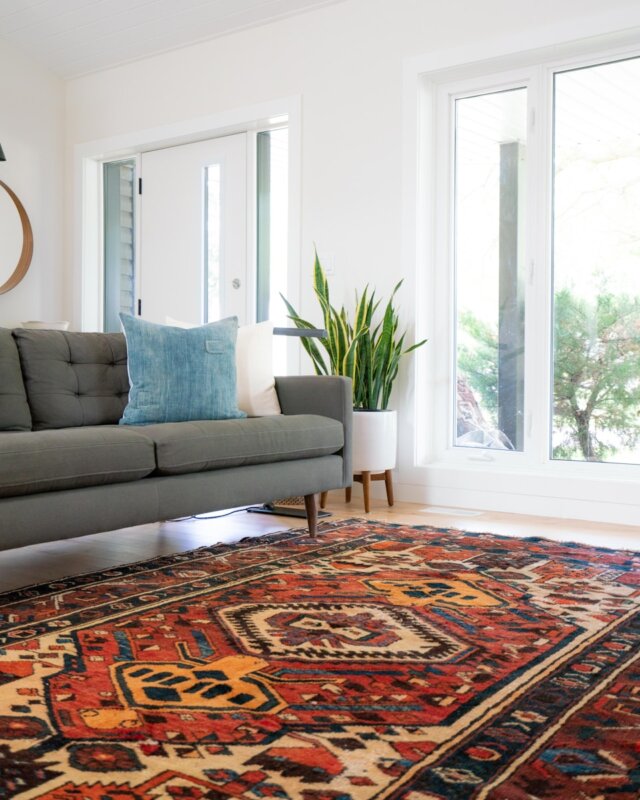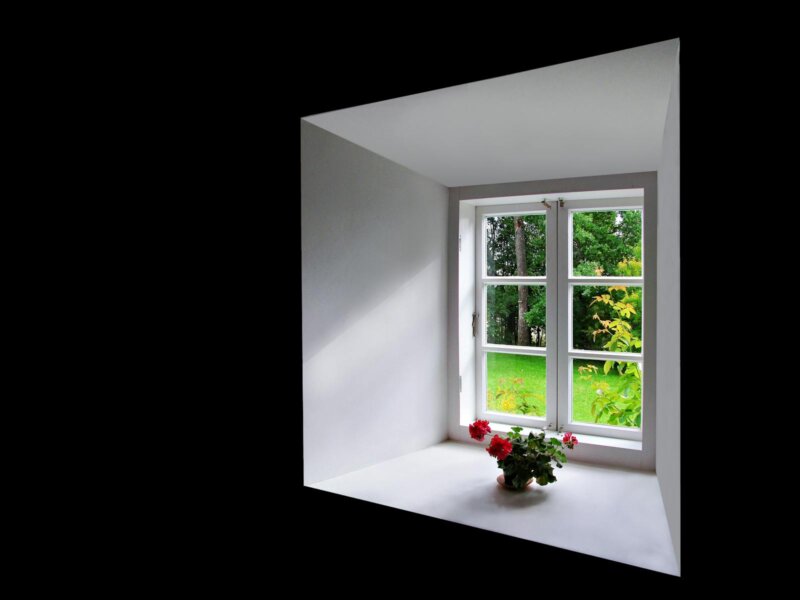Want Upholstery Care that keeps sofas and chairs looking new? A few steady habits protect fabric, save money, and cut stress. Here is a simple plan for Fabric Cleaning and Sofa Preservation that works.
Regular Vacuuming
Vacuum upholstered furniture on a steady schedule. This basic step handles dusting and odor elimination. It also lifts grit that wears down fibers. Small tasks each week add up to real Upholstery Cleaning results.
Use an upholstery attachment to remove dirt, dust, and pet hair.
An upholstery attachment is the small brush head for fabric. It loosens dirt and collects pet hair fast. Use it weekly on cushions, arms, and seams. Pet dander builds up quickly on high-use seats.
- Start at the top, then move downward in slow passes.
- Work creases and piping with short strokes.
- Finish edges and under cushions where debris hides.
Edges collect hair and crumbs. Rubber gloves create static that lifts strands. A light spray of water and a small amount of fabric softener can boost pickup. For heavy fur, use a furniture brush or a pet hand vacuum.
Deep vacuuming improves hygiene and Fabric Protection. It also keeps colors brighter since dust can dull fabric. Empty the canister after pet hair jobs so suction stays strong.
Immediate Stain Treatment
Spills spread and set fast on upholstery. Quick action limits damage and keeps Fabric Care simple. This is a core Stain Removal skill every home needs.
Blot spills promptly with a clean cloth.
Grab a clean, absorbent white cloth right away. White cloths avoid dye transfer onto fabric. Blot gently to lift liquid. Do not rub, since friction pushes the spill deeper.
Press up and down to soak up moisture. After blotting, a little club soda on the cloth can help with general stains. Work from the outside of the spot toward the center to limit spreading.
Always check the care label before using any cleaner. This protects delicate fibers and color. Blotting is safe for all fabrics, so it is your first move after any spill.
Use appropriate stain removers for specific fabrics.
Match cleaners to fabric codes. Code W means water-based cleaner. S means solvent cleaner only. S/W means both types are allowed. X means vacuum only, no liquids.
Mild upholstery cleaners like Resolve can suit polyester, nylon, and many cotton blends. Do not use them on velvet, silk, vinyl, or leather. Each of those needs special care.
For grease, shake on salt first. Then dab with dish soap and water, or try a small amount of rubbing alcohol. For coffee, mix equal parts vinegar and water with a drop of dish detergent.
Use non-gel toothpaste for crayon marks, then rinse the area. For blood stains, try hydrogen peroxide, then rinse with water. Test every product on a hidden spot before wider use. Work in fresh air and wear gloves if needed.
Rotating and Fluffing Cushions
Cushions can sag in the same place over time. A little rotation and fluffing keeps shape and comfort. Your upholstered furniture will look better and feel better.
Rotate cushions regularly to distribute wear.
Flip and swap seat cushions each week. Switch back cushions too on busy sofas. This spreads pressure and stops hot spots from forming.
Even use helps cushions stay supportive. Regular rotation often extends furniture life by preventing uneven wear. Give cushions a quick fluff after rotating for a nice finish.
Fluff cushions to maintain shape and comfort.
Fluff often used cushions once a week. For guest chairs, every other week is fine. Hold each cushion and shake to spread filling. Squeeze both sides to restore loft and support.
For down-filled cushions, tumble on low heat with two tennis balls for 15 minutes. This renews softness quickly. Foam and fiber cushions also benefit from regular fluffing.
Dry pillows completely after washing to avoid mold. If washing is not an option, mist lightly with water mixed with a drop of essential oil, then tumble dry with tennis balls. Use low heat and do not over-wet the fabric.
Protecting from Sunlight
Direct sunlight fades color and weakens fibers. The damage can show in months in bright rooms. A few placements and shade choices protect your investment.
Position furniture away from direct sunlight.
Place sofas and chairs away from sun-heavy windows. UV light causes color loss, heat damage, and uneven discoloration. Even sturdy fabrics fade with daily exposure.
Better placement supports Fabric Protection and keeps colors fresh. It also reduces heat stress on seams and foam. Add plants or screens if the layout leaves no other option.
Use curtains or blinds to reduce exposure.
Curtains or blinds block harsh light while letting rooms glow. Blackout panels or solar shades filter UV rays and protect Upholstered Furniture. This also helps control room temperature in summer.
Choose thicker fabrics or UV-rated shades for best results. Close treatments during peak sun hours. Small habits like these help furniture last and keep decor vibrant.
Using Fabric Protectors
Fabric protectors make spills bead up instead of soaking in. That makes Fabric Cleaning much easier. Many work on sofas, chairs, carpets, and car seats.
Apply fabric protectors to repel stains and spills.
Spray a stain repellent like Extra Strength Fabric Protector by Stir Technologies. It suits suede, leather, carpet, and canvas. The nontoxic formula is free of PFAS and PFOA, so it fits indoor use.
- Check if the piece already has a factory coating.
- Test in a hidden area first, watch for color change.
- Apply a light, even coat with windows open.
- Let it dry fully, then add a second light coat if needed.
Wipe up overspray so it does not spot wood or metal. New bottles give a steady spray for large areas, which helps with even coverage. Many pros suggest reapplying every few years for steady spill resistance.
Good protection pairs well with cushion care. Keep rotating and fluffing for shape and comfort.
Scheduling Professional Cleaning
Professional Upholstery Cleaning reaches deep soil that vacuums miss. It also helps remove odors and heavy spots. This step supports long-term Furniture Maintenance.
Arrange professional cleaning once or twice a year.
Book a deep clean once or twice a year. Services like Zerorez Columbia use tools that pull out embedded dirt. This refresh helps air quality and prepares furniture for guests.
Fabrics marked X need expert care since liquid cleaners can damage them. Reputable companies such as MaidPro, Two Maids, and MyClean carry insurance and training. Verify experience, services, and pricing before you hire. Ask about a satisfaction policy and what methods they use.
Using Protective Covers
Slipcovers and throws add a protective layer against wear and spills. Cleanups get easier, and the base fabric stays safe. This is great for pets, kids, and rental homes.
Add slipcovers or throws for high-traffic furniture.
Use slipcovers on busy sofas and chairs. The HANDONTIME Couch Cover is soft chenille, breathable, and durable. Machine wash on cold with mild detergent for simple Fabric Care.
Install it in seconds, just drape and tuck. The anti-slip feature helps it stay in place. It resists pet hair pickup, which helps a lot in homes with animals.
Sizes include Large 71″x118″, X-Large 71″x134″, and XX-Large 71″x150″. Use as a sofa cover, bed throw, travel blanket, or tapestry. Flexible use means more Fabric Protection where you need it.
Following Manufacturer’s Guidelines
Care labels are the best guide for Upholstery Maintenance. They list cleaning codes and special steps. Follow them to protect fibers and any warranty.
Refer to care instructions specific to your upholstery.
Find the tag first. W allows water-based cleaners. S requires solvent cleaners. WS allows both types. X means vacuum only, no liquids at all.
Leather needs the maker’s conditioner and a set schedule. Microfiber care varies by code. Using the wrong cleaner can stain or stiffen fibers. Protective covers can help in busy rooms if the guide suggests them.
Bottom Line
Keep a simple routine for Upholstery Care. Vacuum weekly for dusting and Odor Elimination. Treat spills fast and match cleaners to the fabric code.
Rotate and fluff cushions to hold shape and comfort. Limit sunlight exposure to stop fading. Add a safe fabric protector for easier Stain Removal and Fabric Protection.
Book a pro clean once or twice a year if soil builds up. Use slipcovers on high-traffic pieces. Check the care label before any new product or method. With steady Fabric Cleaning habits, you keep sofas and chairs looking new for years.


